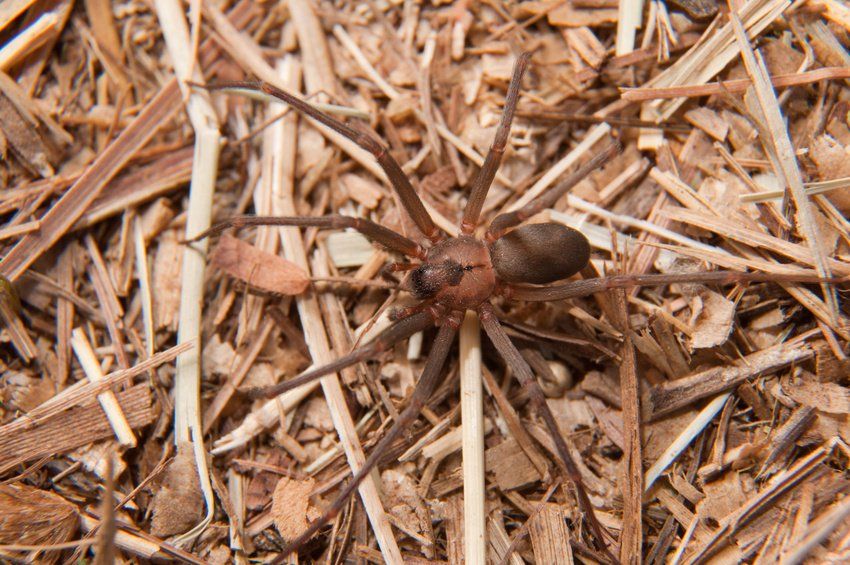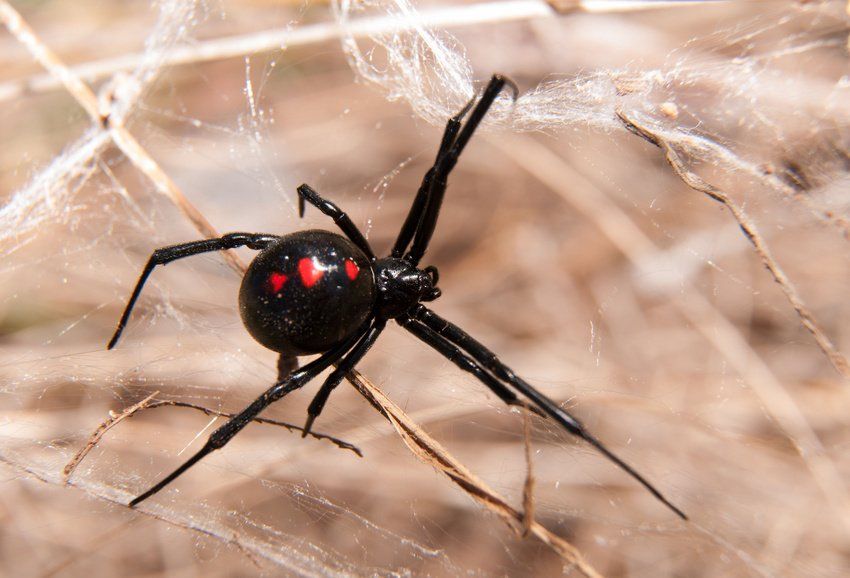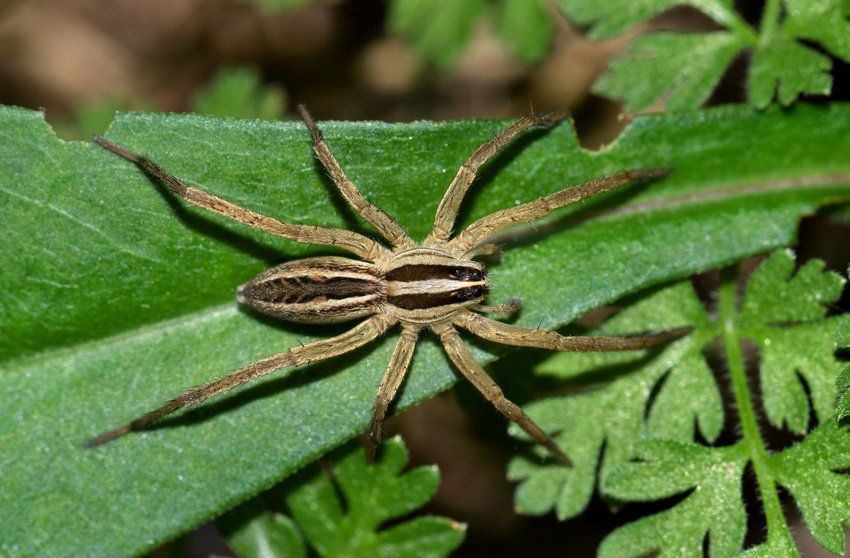Schedule Service
The Best in Pest
| 419-698-1015| 419-708-3716
Toledo, Northwest Ohio, and Lower Michigan
Spiders
Spiders
Over 45 Years of Experience | Locally and Family Owned | Ohio State Lic. 965
Over 45 Years of ExperienceLocally and Family OwnedOhio State Lic. 965
The Good News and Bad News About Spiders
Ernie's Pest Control has good news and bad news about spiders. The good news is that most spiders kill and eat other pests around your home. The bad news is that there are two species that can be harmful to humans and will leave annoying bites. Back to the good news: if you think you have a spider problem, contact us immediately
for 24-hour emergency service!
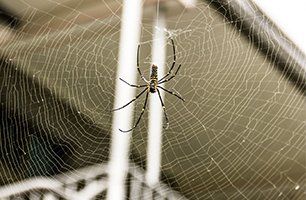
Facts About Spiders
Characteristics
- Spiders have four pairs of legs, eight in total
- Most spiders have six to eight simple eyes in various arrangements
- All spiders have a pair of jaw-like structures, the chelicerae, each of which ends in a hollow fang through which venom can be injected
- Spiders have two body regions
- Cephalothorax - fused head and thorax
- Abdomen
- They're joined by a narrow waist
- The tip of the abdomen has a group of fingerlike spinnerets to produce silk
Spider Bites
- Only two species of spiders are dangerous to humans
- The brown recluse spider
- The black widow
- The sac spider species (clubionids) are suspect for most spider bites
- Their venom is cytotoxic
- It causes tissue around the bite to die
- The vast majority of spiders are harmless to humans
- Usually, there is no more than a slight swelling of the bitten area
- Most spiders fangs are too small or weak to puncture human skin
- Spiders don't bite unless they are pressed or held against the skin
- Some will actively protect their egg sacs and young
Habitat
- Some like damp places:
- Basements
- Crawl spaces
- Damp parts of buildings
- Others like dry, warm areas:
- Subfloor air vents
- Upper corners of rooms
- Attics
- They will hide in dark areas
Diet
- Spiders are predators and feed on living prey, mostly other insects
- They produce a venom that is poisonous to their normal prey
- Venom is injected through the hollow fangs
- Venom immobilizes the prey and begins the digestion process
- Then they suck the digested liquid food
- Some species build webs to trap prey, other spiders actively hunt
- Passive hunters lie in wait for prey rather hunting
Reproduction
- Spiders produce egg sacs which are laid either in a web, attached to a surface, or carried in the female
- Spiders may produce several egg sacs, containing several hundred eggs
- Spiders grow by molting or shedding its skin multiple times before reaching maturity
- In many species, males wander in search of a mate
- Some species live for many years, but most only live for one season
Sanitation is the best control and preventative measure.
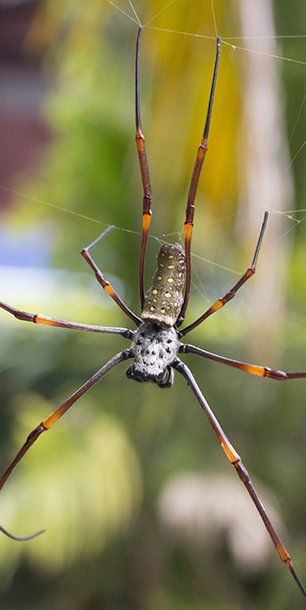
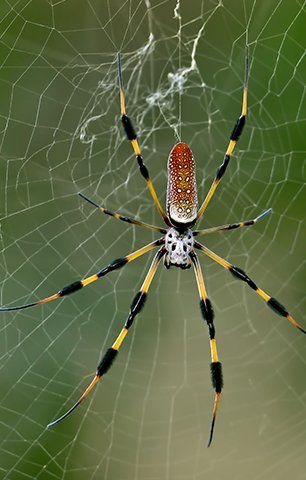
419-698-1015
Quick Links
Our Service Area
Toledo
Northwest Ohio
Lower Michigan
Northwest Ohio
Lower Michigan
Contact Us
Ernie's Pest Control
5549 Woodville Rd.
Northwood, OH 43619
419-698-1015
419-708-3716
Ohio State Lic. 965
Business lic. number: 91658
Privacy Policy
| Do Not Share My Information
| Conditions of Use
| Notice and Take Down Policy
| Website Accessibility Policy
© 2024
The content on this website is owned by us and our licensors. Do not copy any content (including images) without our consent.

